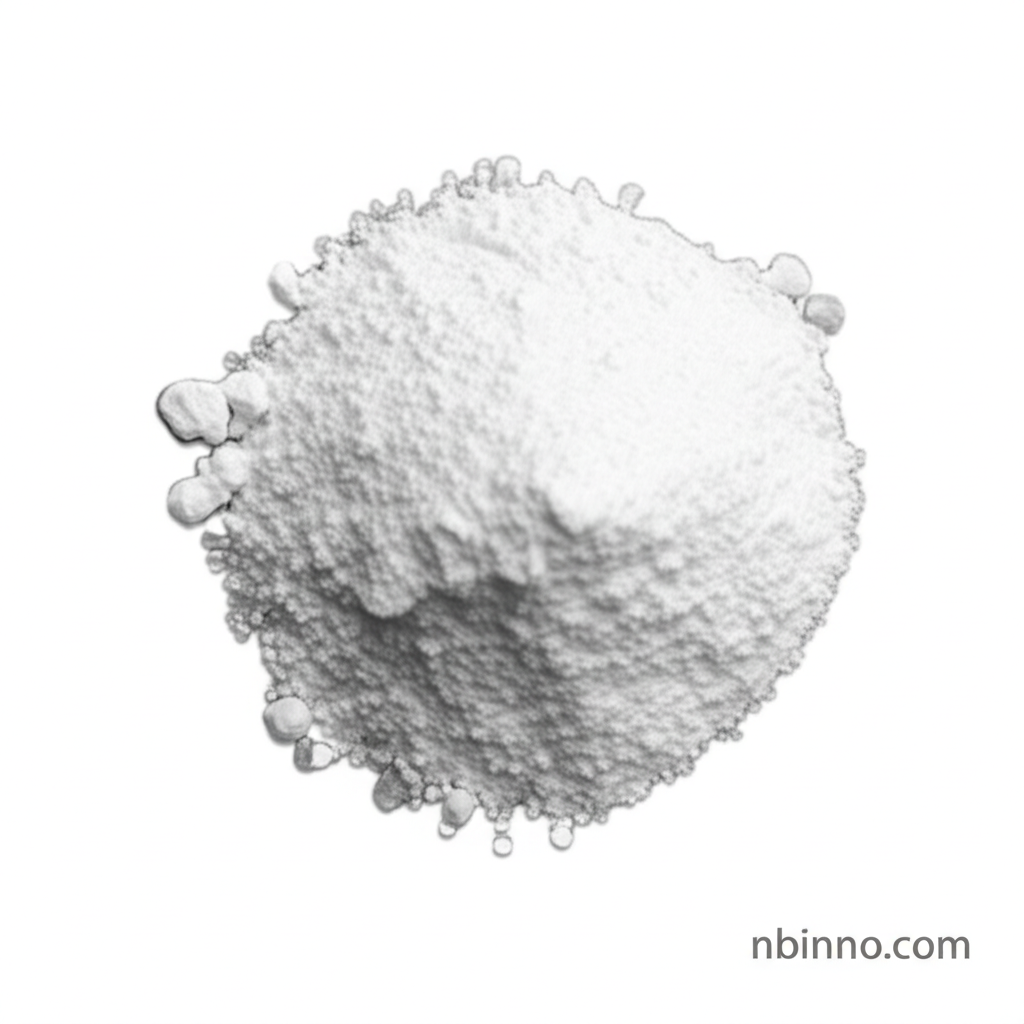3,4-Ethylenedioxythiophene: A Key Material for Advancing Organic Electronics
Discover the power of EDOT, the essential building block for next-generation conductive polymers in organic electronic devices.
Get a Quote & SampleProduct Core Value

3,4-Ethylenedioxythiophene
3,4-Ethylenedioxythiophene (EDOT) is a vital organic chemical compound, serving as the monomer for the highly sought-after conducting polymer, PEDOT. Its unique molecular structure enables PEDOT to achieve exceptional properties, making it indispensable for the burgeoning field of organic electronics.
- Unlock the potential of organic electronics with high conductivity, a key characteristic of EDOT-derived polymers.
- Explore the advanced applications of EDOT in OLEDs, where its derived polymers offer superior performance and energy efficiency.
- Leverage EDOT for the synthesis of conductive polymers, a crucial step in developing flexible and lightweight electronic devices.
- Understand the advantages of PEDOT:PSS composites, which improve the processability and stability of conductive polymer solutions.
Key Advantages and Properties
Exceptional Conductivity
EDOT is the precursor to PEDOT, a polymer renowned for its excellent electrical conductivity, making it ideal for various conductive applications.
Optical Transparency
When oxidized, PEDOT derived from EDOT exhibits remarkable optical transparency, essential for transparent conductive electrodes in displays and solar cells.
Enhanced Stability
The chemical structure of EDOT contributes to the high stability of the resulting PEDOT polymer, ensuring reliable performance in electronic devices.
Key Applications
Organic Light-Emitting Diodes (OLEDs)
Explore the use of EDOT-derived materials in OLEDs, enhancing charge injection and overall device efficiency for vibrant displays.
Organic Solar Cells
Utilize EDOT as a foundational material for conductive layers in organic solar cells, contributing to advancements in renewable energy technologies.
Sensors
Discover the role of EDOT in developing sensitive sensors, where conductive polymers are crucial for detecting various stimuli.
Antistatic Coatings
Implement EDOT-based conductive coatings for antistatic applications, protecting sensitive electronic components from electrostatic discharge.
